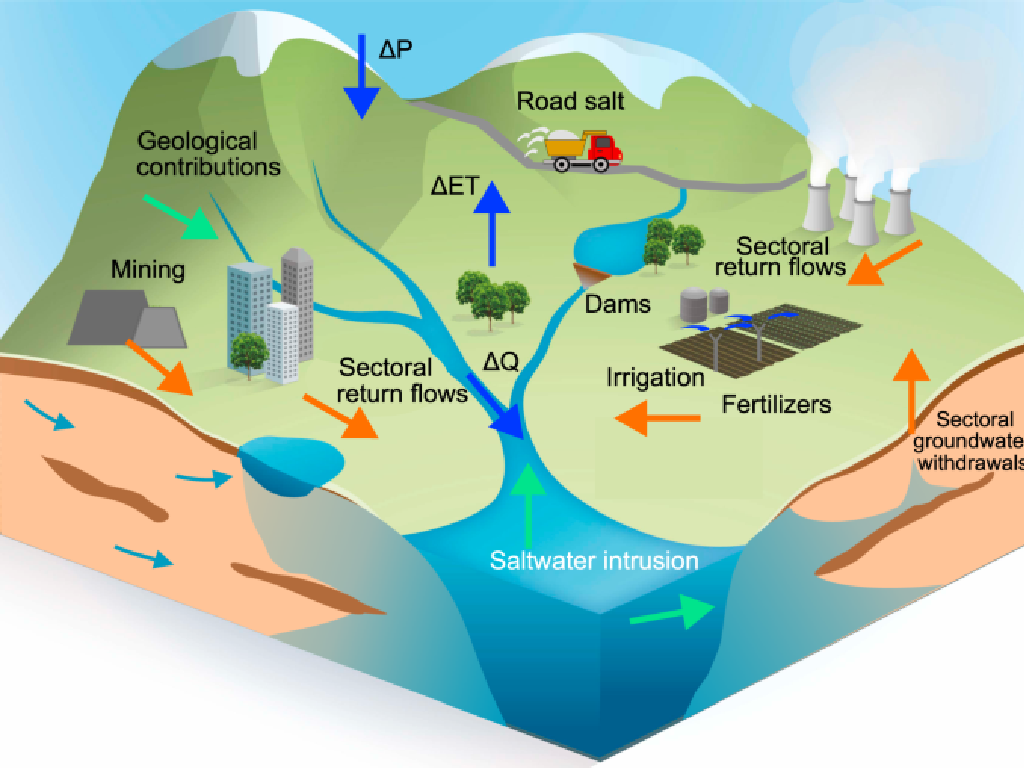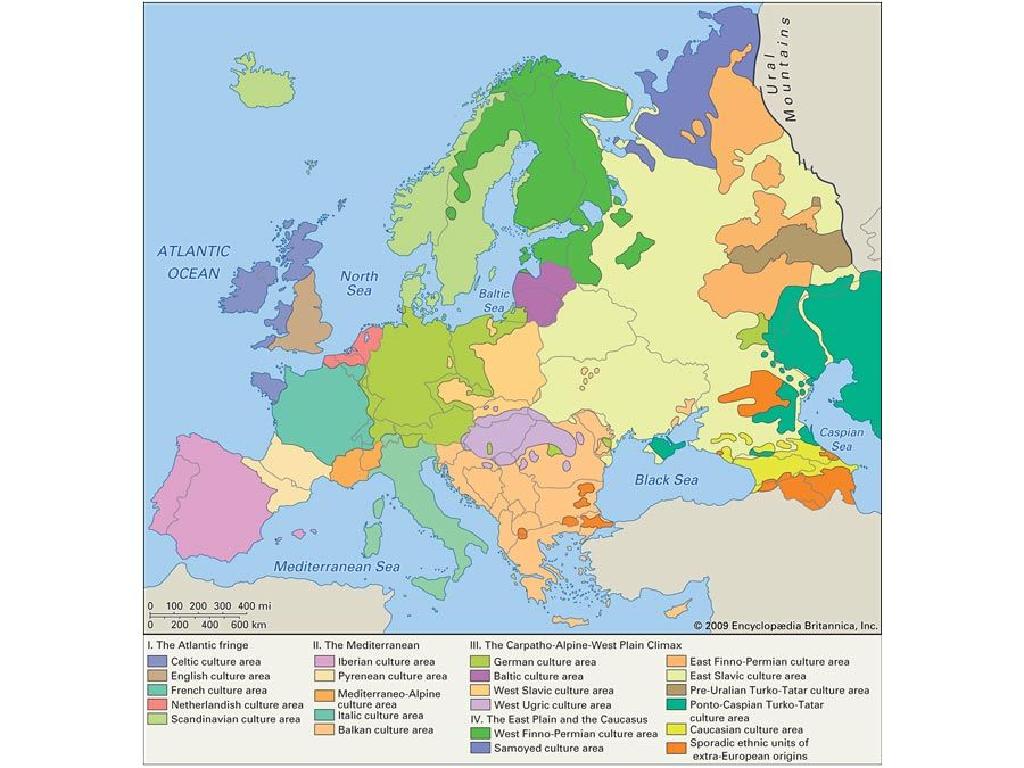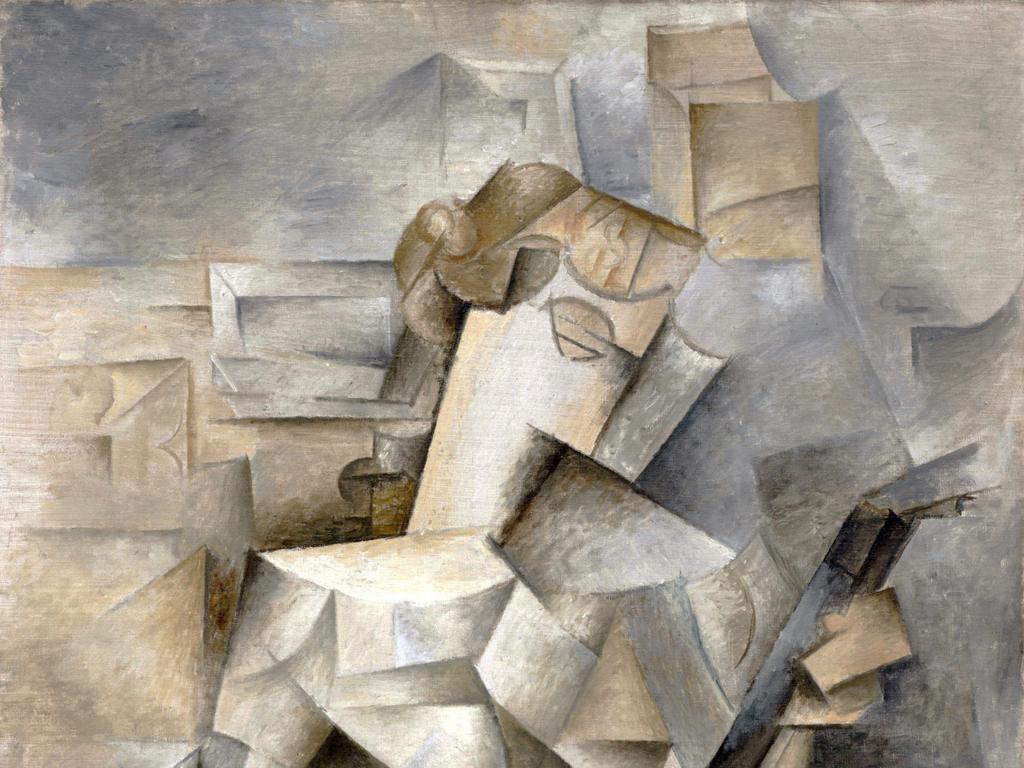Classify Rocks As Igneous, Sedimentary, Or Metamorphic
Subject: Science
Grade: Sixth grade
Topic: Rocks
Please LOG IN to download the presentation. Access is available to registered users only.
View More Content
Welcome to the World of Rocks!
– Three main rock types
– Igneous, sedimentary, metamorphic: formed in different ways
– The rock cycle explained
– Cycle of rock formation, alteration, and destruction
– Rocks in Earth’s crust
– Rocks form the solid layer of Earth’s surface
– Significance of rock classification
|
This slide introduces students to the fundamental concepts of geology, focusing on the classification of rocks. Begin by explaining the three main types of rocks: igneous (formed from cooled magma or lava), sedimentary (formed from the accumulation of sediments), and metamorphic (formed from existing rocks under pressure and heat). Discuss the rock cycle as a continuous process that recycles rocks through various forms. Emphasize the importance of rocks in making up the Earth’s crust, which is the outermost solid shell of our planet. Highlight how understanding rock classification helps us learn about Earth’s history and the processes that shape our environment. Encourage students to observe rocks in their surroundings and ponder their origins.
Exploring Igneous Rocks
– What are Igneous Rocks?
– Igneous rocks form from cooled molten material.
– Formation of Igneous Rocks
– Magma cools inside Earth, lava cools outside.
– Examples: Granite and Basalt
– Granite forms inside Earth, Basalt forms outside.
– Characteristics of Igneous Rocks
– Hard, crystalline, interlocking grains.
|
Begin the lesson by defining igneous rocks as those that have solidified from molten material called magma or lava. Explain that the location where the cooling takes place will affect the rock’s texture and appearance. Provide examples such as granite, which has a coarse-grained texture because it cooled slowly inside the Earth, and basalt, which has a fine-grained texture due to rapid cooling on the Earth’s surface. Discuss the characteristics of igneous rocks, such as their hardness and the presence of interlocking crystals, which can be observed with a hand lens. Encourage students to bring in samples or use a rock collection to identify and classify igneous rocks based on these properties.
Exploring Sedimentary Rocks
– What are sedimentary rocks?
– Rocks formed by accumulation of sediments
– Examples: Limestone, Sandstone
– Common types include Limestone (from shells) and Sandstone (from sand)
– How are they formed?
– Layers of sediments compress over time
– Characteristics to identify them
– Look for layers, fossils, and grainy texture
|
Sedimentary rocks are a major group of rocks formed from the deposition of mineral and organic particles through processes like erosion, weathering, and dissolution. These rocks often have distinctive layering or bedding and can contain fossils. Examples to discuss include Limestone, which is often composed of skeletal fragments of marine organisms, and Sandstone, typically formed from sand-sized mineral particles or rock fragments. When teaching, emphasize the importance of sedimentary rocks in understanding Earth’s history and the environment of the past. Encourage students to think about how these rocks might have formed from layers of sand or mud and what the presence of fossils can tell us about previous life on Earth.
Exploring Metamorphic Rocks
– Metamorphic rocks: transformed by heat and pressure
– Formed deep within Earth’s crust, altering existing rock structure
– Examples include Marble and Slate
– Marble originates from limestone, Slate from shale
– Recognizing metamorphic rock features
– Look for foliated or non-foliated textures, mineral layers
– Formation process of metamorphic rocks
|
Metamorphic rocks are a type of rock that have been changed by extreme heat and pressure. They are usually found deep within the Earth’s crust where they undergo a transformation that alters their original structure. Common examples that students might be familiar with are Marble, which is formed from limestone, and Slate, which comes from shale. Characteristics to identify these rocks include foliated layers, where minerals are arranged in planes or bands, or non-foliated, where the rock is made of minerals without a layered appearance. The formation process involves recrystallization of minerals without melting, which can be a complex concept, so use diagrams to help explain this transformation.
The Rock Cycle: Transformation of Rocks
– Rocks transform among three types
– Igneous, sedimentary, and metamorphic rocks can change into each other
– Processes driving the rock cycle
– Heat, pressure, cooling, and erosion are key processes
– Interactive rock cycle diagram
– Use the diagram to trace a rock’s journey through the cycle
– Importance of the rock cycle in nature
|
This slide introduces the concept of the rock cycle, a fundamental geological process illustrating how rocks are transformed from one type to another over time. Students should understand that igneous, sedimentary, and metamorphic rocks can transition between forms through various processes such as melting, cooling, compaction, and erosion. An interactive diagram will help visualize these transformations, making the concept more tangible. Emphasize the importance of the rock cycle in shaping the Earth’s surface and creating the diverse rock formations we observe. Encourage students to explore the diagram and consider how different environments lead to the formation of different rock types.
Identifying Rock Types
– Tips for rock identification
– Observe grain size, layering, and hardness
– Texture, color, and composition
– Each rock type has a unique set of characteristics
– Hands-on rock sample examination
– Use real samples to see and feel differences
– Significance of rock classification
|
This slide aims to equip students with the basic skills needed to classify rocks into igneous, sedimentary, or metamorphic. Emphasize the importance of closely observing the texture, color, and composition of rocks. Texture can refer to grain size or how smooth or rough a rock feels, which helps differentiate between the types. Color can provide clues about the minerals present in the rock. Composition involves understanding the mineral content and how the rock was formed. Provide students with a variety of rock samples to touch and examine, reinforcing the learning with tangible examples. Explain that classifying rocks helps geologists understand the Earth’s history and the processes that formed its surface.
Rocks Around Us: Everyday Uses
– Everyday uses of different rocks
– Igneous for countertops, sedimentary in cement, metamorphic in statues
– Structures made from rock types
– Granite buildings, limestone pyramids, marble statues
– Rocks in soil formation
– Rocks break down to form soil, supporting plant life
|
This slide aims to show students the practical applications of rocks in our daily lives. Discuss how igneous rocks like granite are used in kitchen countertops due to their durability. Explain that sedimentary rocks like limestone are a key component in cement, which is used to construct buildings. Highlight that metamorphic rocks like marble are often used in statues and buildings for their aesthetic appeal. Emphasize the importance of rocks in soil formation, as they weather over time to create the soil that is essential for growing plants. Encourage students to observe their surroundings and identify rock types they encounter in their daily lives.
Class Activity: Rock Classification
– Work in groups to classify rocks
– Present findings to the class
– Discuss classification challenges
– Were some rocks hard to classify? Why?
– Reflect on the learning experience
– Share what you’ve learned about rock types.
|
In this interactive class activity, students will collaborate in small groups to examine and classify various rock samples as igneous, sedimentary, or metamorphic. Each group will then present their classified rocks and reasoning to the rest of the class, fostering peer learning. Encourage a discussion about any difficulties encountered during the classification process, such as similar appearances between rock types or mixed characteristics. This will help students understand the complexities of rock classification. As a teacher, be prepared to guide the discussion, clarify misconceptions, and provide insights into the rock cycle and the formation of each rock type. Possible activities include comparing rock textures, identifying grain size, and noting color and layering to aid in classification.






